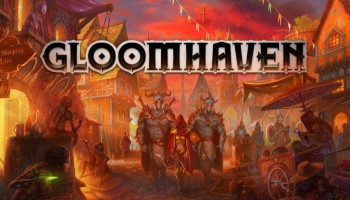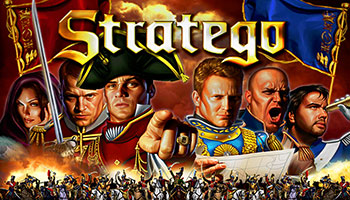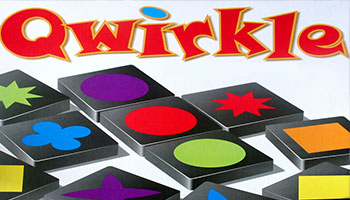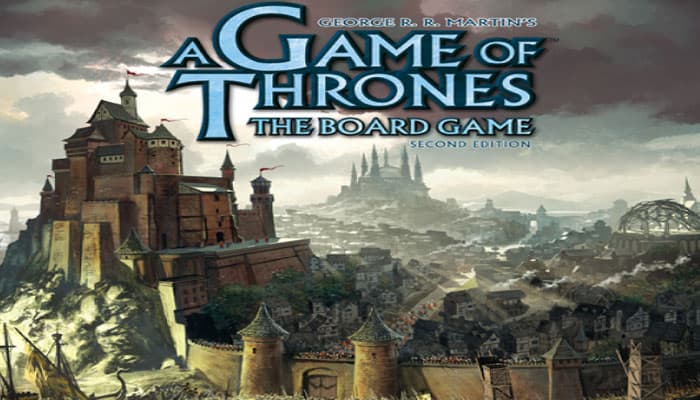

Game Components
- Rulebook
- 1 Game Board
- 138 Colored Plastic Units consisting of:
- 60 Footmen (10 per House)
- 30 Knights (5 per House)
- 36 Ships (6 per House)
- 12 Siege Engines (2 per House)
- 81 Large Cards consisting
- 24 Small Tides of Battle Cards
- 2 Reference Sheets
- 6 House-specific Player Screens
- 266 Cardboard Tokens consisting
Setup
Before playing the game, perform the following steps in order:
Prepare the Game Board: Unfold the game board and place it in the center of the play area.
Prepare the Wildling Deck and Wildling Threat Token: Shuffle the Wildling cards to form a deck. Place this deck on the space provided at the top of the game board. Then place the Wildling Threat token on the "2" position of the Wildlings track. …



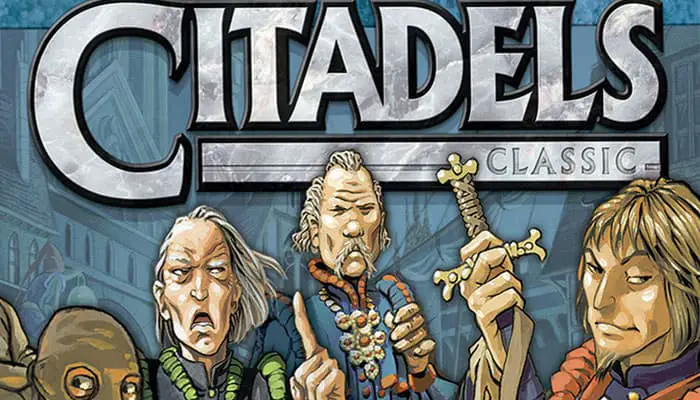










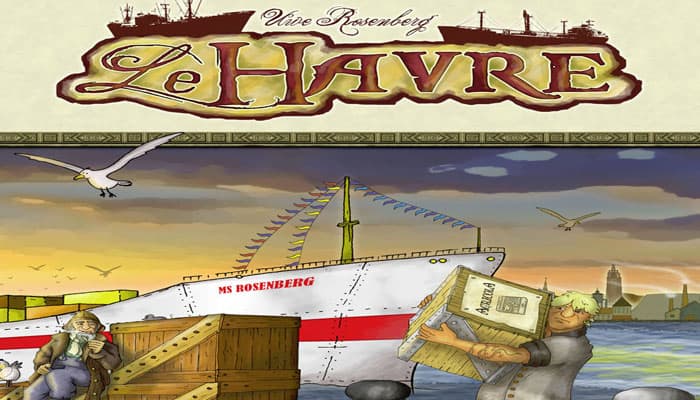



 You get 2 track advancements of your choice.
You get 2 track advancements of your choice. You get 1 black track advancement and 1 gray track advancement.
You get 1 black track advancement and 1 gray track advancement. You get 1 track advancement of your choice and immediately score 3 points.
You get 1 track advancement of your choice and immediately score 3 points. You get 1 black track advancement and immediately score 3 points.
You get 1 black track advancement and immediately score 3 points. You get 2 industry advancements.
You get 2 industry advancements. You get 1 track advancement of your choice and 1 black track advancement.
You get 1 track advancement of your choice and 1 black track advancement. You get 1 gray track advancement and 1 brown track advancement.
You get 1 gray track advancement and 1 brown track advancement. You get 1 brown track advancement and immediately score 5 points.
You get 1 brown track advancement and immediately score 5 points. You get 1 industry advancement and immediately score 3 points.
You get 1 industry advancement and immediately score 3 points. You place 1 doubler above your Trans-siberian and immediately score 3 points. …
You place 1 doubler above your Trans-siberian and immediately score 3 points. …


